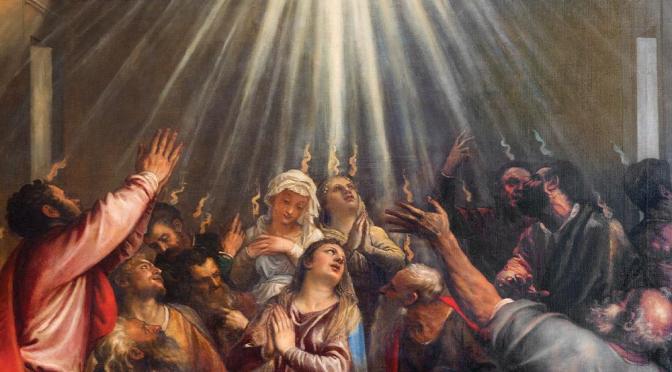Rescue. Rest. God has, does, and will save people who are His and renew them. The spring feast of Passover celebrates God’s power to do just that, beginning with rescuing His people from Egypt nearly 3,500 years ago. Unleavened Bread and Pentecost, also in the springtime, remind us to be set apart for God’s purpose: partnership with Him in returning creation to the perfection it once enjoyed before we messed everything up. If we do this, we too will find rescue and rest at the end of this world to which the fall feasts of God look forward.
There are three God-ordained fall feasts: Feast of Trumpets (often called Rosh Hashanah because it heads up the new year), Atonement (Yom Kippur), and the Feast of Tabernacles (Sukkoth). And just like “Passover” comprises Passover, Unleavened Bread, and First Fruits, “Tabernacles” comprises Trumpets, Atonement, and Tabernacles.
The fall feasts beginning with Trumpets happen within 28 days in September or October, depending on the lunar calendar. Trumpets begins on the first of Tishri, the seventh month of the Jewish calendar, and is the only holiday on the first day of the month at the new moon. This time of near-total darkness will be significant to Christ’s future fulfillment of the fall feasts upon His return.
Anyway, this time called the “in-gathering” celebrates the harvest of the earth and is a shadow (forerunner) of the harvest of humans at the end of this age—some for destruction (by their choices) and some for eternal life with God. Again, the three fall feasts together celebrate rescue and rest in the past and to come. The feast and future fulfillment begin with a blasting of the trumpets.
“Ron, why trumpets??” Trumpets in the Old Covenant represented God’s voice and power in warfare (e.g., Numbers 10). Blowing them was a warning that something extraordinary was about to take place. In the beginning, it was the ingathering of God’s people at Sinai to be in His presence (Exodus 19). It will announce the gathering of God’s people at the end of this age (e.g., Matthew 24:31; 1Thessalonians 4:16).
For more information about Christ’s return and God’s coming rescue and rest, please consider studying Finding the End of The World—the result of decades of research, writing, and teaching on the subject. Next week, we’ll continue our fall festival discussion with Atonement (Yom Kippur).
Blessings and peace,
Dr. Ron Braley



